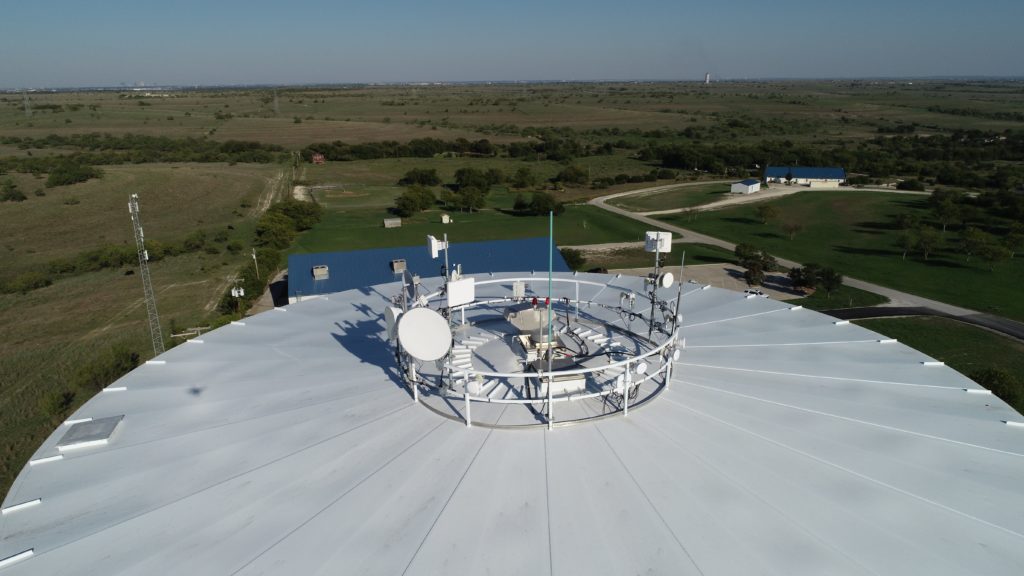The FCC’s Alternative Connect America Cost Model (ACAM) program has been helping fund internet deployment by rural telecommunication providers and cooperatives since 2016. ACAM-supported networks typically provide 10/1 Mbps service, which are better than nothing, arguably, but definitely not the level of broadband performance needed for households to participate fully in today’s digital economy. Fortunately, the Enhanced ACAM (E-ACAM) evolution of the program announced in August 2023 is an improvement on the model, helping bring higher broadband speeds (100/20 Mbps) to unserved and underserved communities.
With this new funding option, however, come new conditions. Program participants must be able to service anyone in their designated markets within 5 years of award. This means the network must be deployed across the entire coverage area within that relatively tight timeline. Especially for providers preferring to deploy fiber — which typically has build schedules measured in years, not months — this is a significant obstacle that may lead them to dismiss E‑ACAM program participation as impractical.
The root cause of this problem is very low household counts per square mile. Given that candidate E-ACAM households are by definition rural, target locations can be located miles apart. While this low-density fiber deployment is certainly feasible , given enough funding, it makes meeting the crucial 5 year buildout timeline very difficult.
Traditional fixed wireless systems can address the need to build out networks quickly — and have been used by many providers in rural areas in the past — but they suffer from several limitations that make it all but impossible to meet the new E-ACAM performance requirements, including:
- Significant performance degradation in the face of both static and dynamic link obstructions — i.e. near- and non-line-of-sight (nLoS or NLoS) conditions
- Inability to operate at full rate when interference from other radio sources is present (at either the tower or the subscriber location)
- Scarcity and high cost of licensed spectrum that could enable more reliable operation
- Resulting low link speeds, overall network capacity, and connection reliability
As a new and promising alternative, next-generation fixed wireless (ngFWA) technology combines the rapid deployment of wireless with fiber-class speeds and reliability, making it an attractive technology for E-ACAM projects.
Tarana’s Gigabit 1 (G1) ngFWA platform equips providers to offer speeds of up to 1.6 gigabits of aggregate throughput per link — amply meeting the E-ACAM 100/20 Mbps performance requirement. It does this at scale and with all the deployment ease of wireless.
G1 overcomes all the limitations of legacy fixed wireless:
- Leverages multipath to operate reliably in both nLoS and NLoS conditions
- Pioneers the world’s first truly effective radio noise cancellation that can remove up to 45 dB of self-interference, and 40 dB of external interference from a link
- Delivers throughput speeds of up to 1.6 Gbps of aggregate throughput and 2.4 Gbps of sector capacity with support for up to 250 subscribers per sector
- Offers uniform service delivery throughout the coverage area
- Overcomes spectrum scarcity through k=1 universal spectrum reuse (i.e. operating all sectors in the same spectrum)
- Reduces towers required due to improved coverage
With G1, a gigabit network can be deployed in months versus the years typically required for wired deployments. This is a significant advantage for E-ACAM participants who need to build full coverage of their service area within 5 short years. “There is simply no way to rapidly build an E-ACAM network without wireless,” said Sevastian Ivanisky, Chief Technology Officer for VTX1. “G1 is lower cost and faster than fiber. It’s the only reasonable approach given the time and coverage constraints.”
If you just can’t wait to learn more, check out our other blogs or some of our favorite customer links. Or reach out to us at info@taranawireless.com. We’d love to hear from you.
